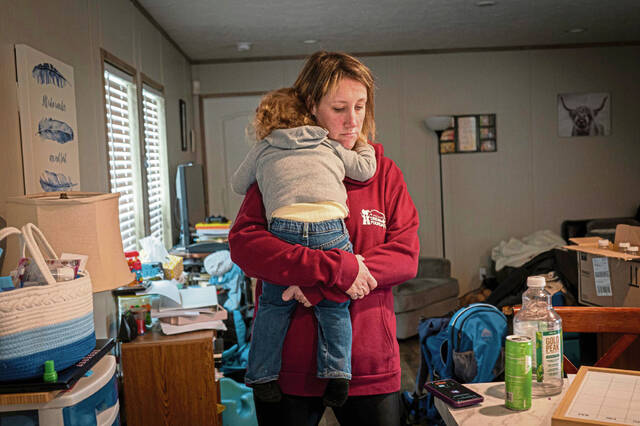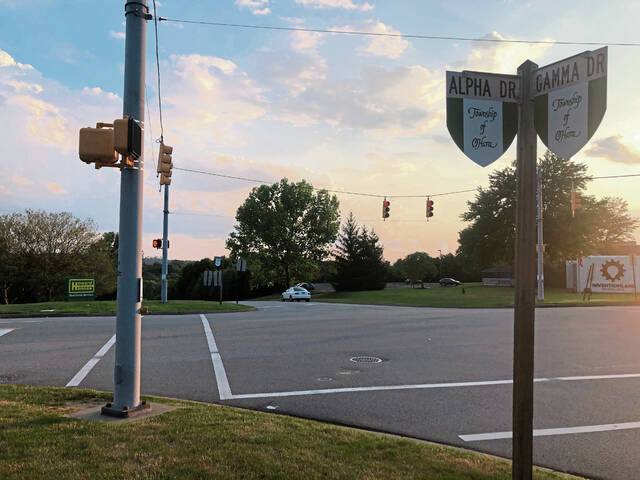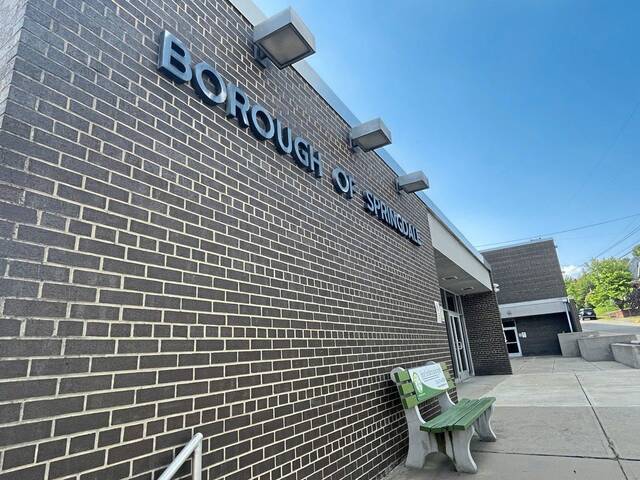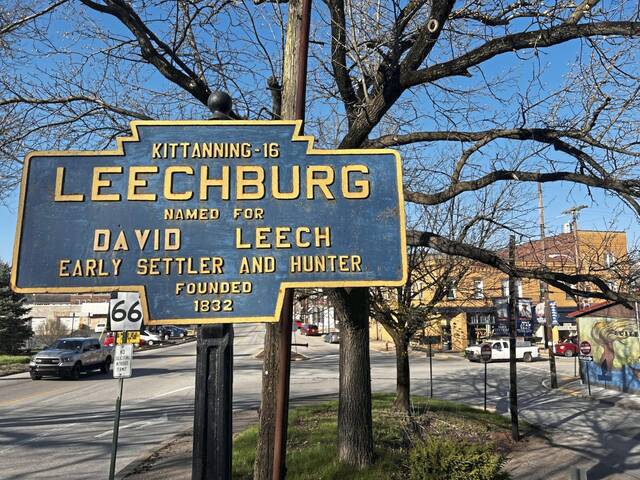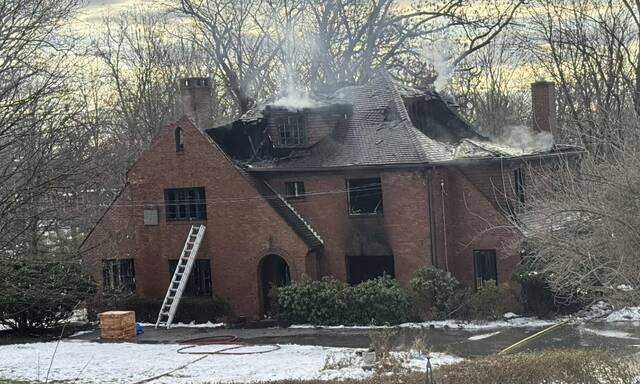Arnold Council has approved a proposal for the use of the city’s public safety building.
The plan, prepared by Arnold Volunteer Engine Company No. 2 Fire Chief Eric Gartley, comes after council’s vote in June to decertify Arnold No. 1, which was based out of the Johnson Peltz Public Safety Building.
Arnold No. 2, which Gartley leads, operates out of its station up the hill from the public safety building, both on Drey Street. It’s now the city’s only fire department.
Once the public safety building at 601 Drey St. is ready and Arnold No. 1 has removed all of its remaining items, Arnold No. 2 plans to transition its base of operations there, spokesman Chris O’Leath said. There is no timeline for when that will happen.
“We want to make sure that things are done right,” he said. “We’re not running down the hill to get in there. We’re going to make sure that, when the time comes to move the operations into that building, that we’re ready to go.”
O’Leath said No. 2 will keep its fire station at 1100 Drey St., using it for storage and lesser-used equipment after the move.
The public safety building was named in 2015 for Arnold police Chief Michael Peltz and Sgt. Ernie Johnson, who died after a shootout with a city resident in 1953.
In addition to housing Arnold No. 1, the public safety building previously was used by the city’s police department, which moved to the nearby city hall. It also is where city council holds its meetings, in a room that recently was remodeled. That would remain unchanged.
“The availability of meeting rooms, training facilities and storage space within the fire station would greatly support our organization’s needs,” Gartley wrote in his proposal to council.
The proposal includes four main points:
• Rooms in the former police station would become the fire department’s administration offices and the city’s emergency operations center.
“An established command center benefits the city by facilitating centralized coordination, rapid response, resource management, effective communication, training and preparedness, situational awareness and post-emergency analysis,” Gartley’s proposal states. “These advantages contribute to better emergency management, increased public safety and improved overall resilience in the face of various crises.”
• The fire chief’s office would become a meeting room for closed-door executive sessions of city council and other boards.
Currently, when council convenes an executive session, it goes into the truck room or its members go across the street to city hall. O’Leath said the truck room is not very private, leaving a chance they could be overheard when discussing sensitive matters such as personnel.
“Due to the nature of the discussions that would occur in the room, additional soundproofing will be installed to provide increased privacy,” Gartley wrote in his proposal.
• An upstairs lounge would be turned into a dedicated classroom and training room.
Any alcohol-related items would be removed from the bar area.
“The fire station will be an alcohol-free building,” Gartley wrote.
• Storage rooms will be cleaned and used for fire equipment storage.
O’Leath said the work will be done in phases. He said there will be some cost for the department and the city but that the city will benefit from firefighters providing most of the labor.
The city’s only aerial truck, which the city owns and had been allocated to No. 1, is expected to be back within a couple of weeks after being sent out for maintenance and repairs, O’Leath said. Firefighters with No. 2 will train on operating it when it’s back.
One former member of No. 1 has applied and become a member of No. 2, O’Leath said.








